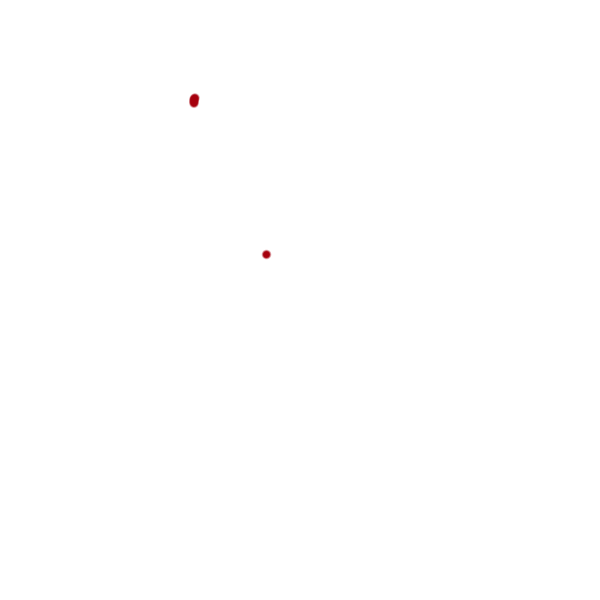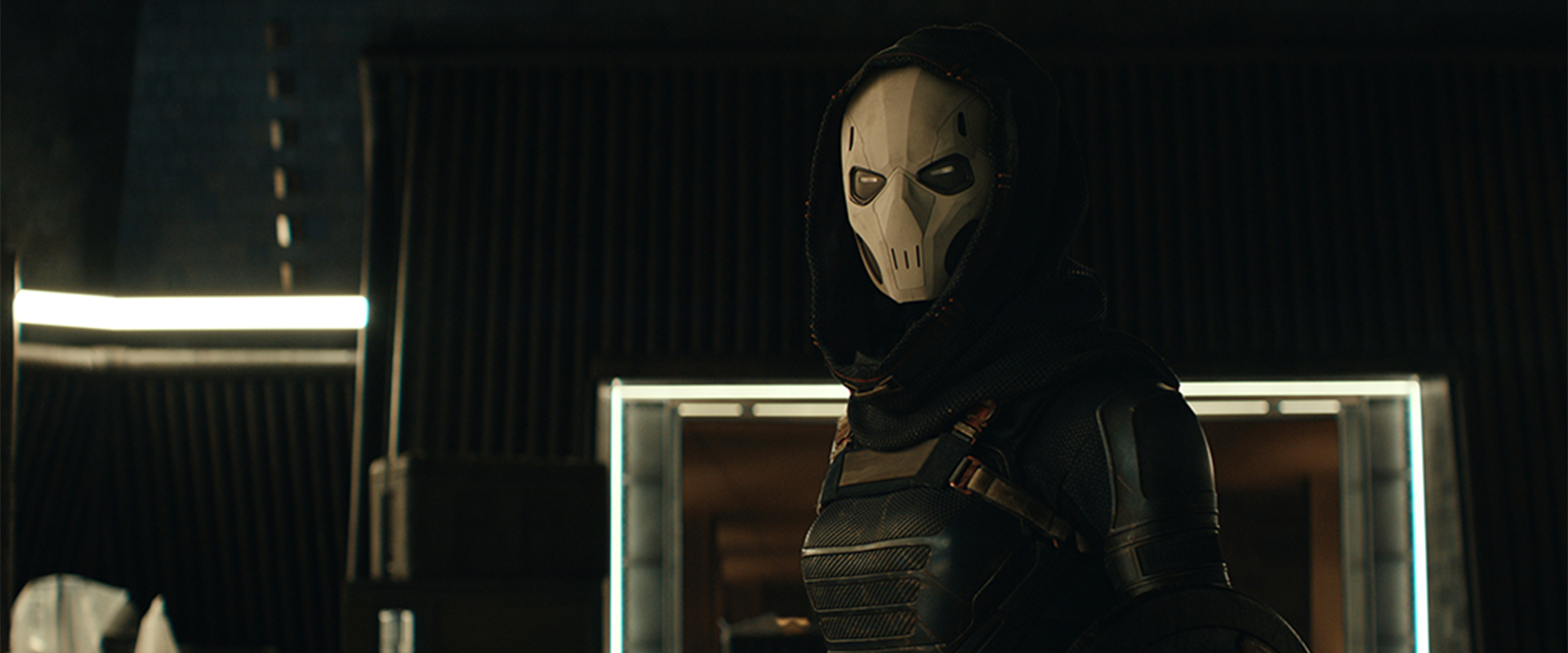数字王国视觉特效制片Ryan Wilk揭秘《雷霆特攻队*》的打造过程 阅读全文
2025年07月01日
Featured in Art of VFX
Since starting his career at Marvel Studios in 2006, Ryan Wilk has built an impressive portfolio. Following his time at yU+co, he joined Digital Domain in 2012 and went on to work on major titles such as Iron Man 3, Captain Marvel, Black Widow, and Ant-Man and the Wasp: Quantumania.
How did you and Digital Domain get involved on this show?
VFX Supervisor Jake Morrison and VFX Producer Bryan Searing came to us with a few sequences they were interested in having Digital Domain help with. We had worked with Jake before, so it was a natural fit. Jake and Bryan approached us a year before, in 2023, just as the ink on the Thunderbolts* script pages turned dry. Production was on set in Atlanta, GA ready to shoot this film until the writer’s strike occurred and the film was suddenly put on hold. Once all the strikes were settled, the Thunderbolts* engine revved up once again and it was time for us to hop on for the ride.
How was the collaboration with Director Jake Schreier and VFX Supervisor Jake Morrison?
Seamless! We have collaborated with Jake Morrison on several projects at Digital Domain, and Jake Schreier quickly grew comfortable with the VFX process of a Marvel production. They were both very supportive and constructive throughout the production.
Director Jake Schreier even sent a thank-you video to the entire VFX crew on Thunderbolts* during delivery. While it might seem like a small gesture, our crew was so genuinely pleased and honored to see their work recognized!
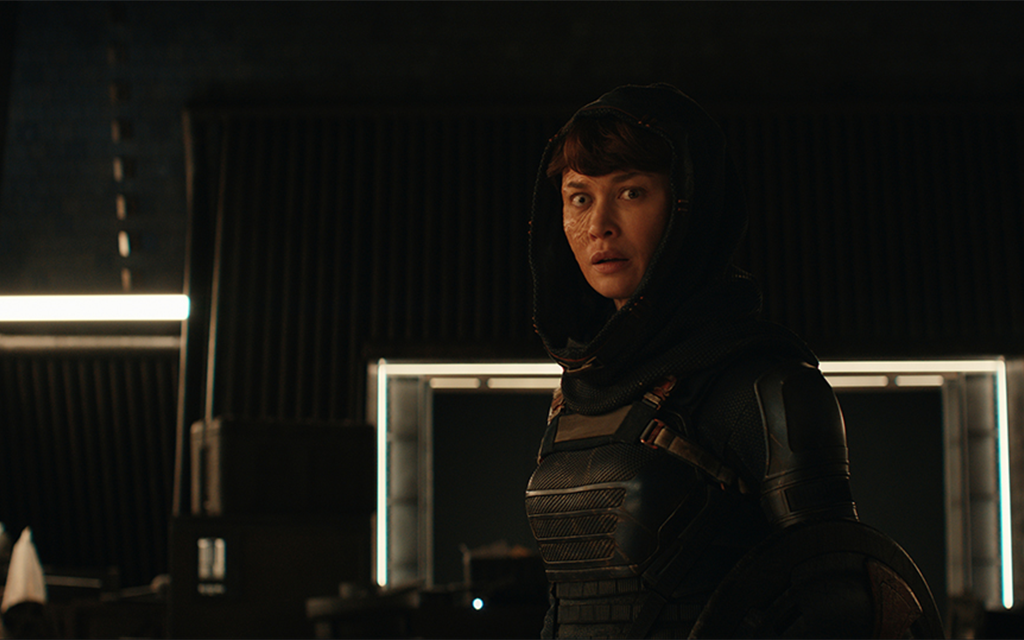
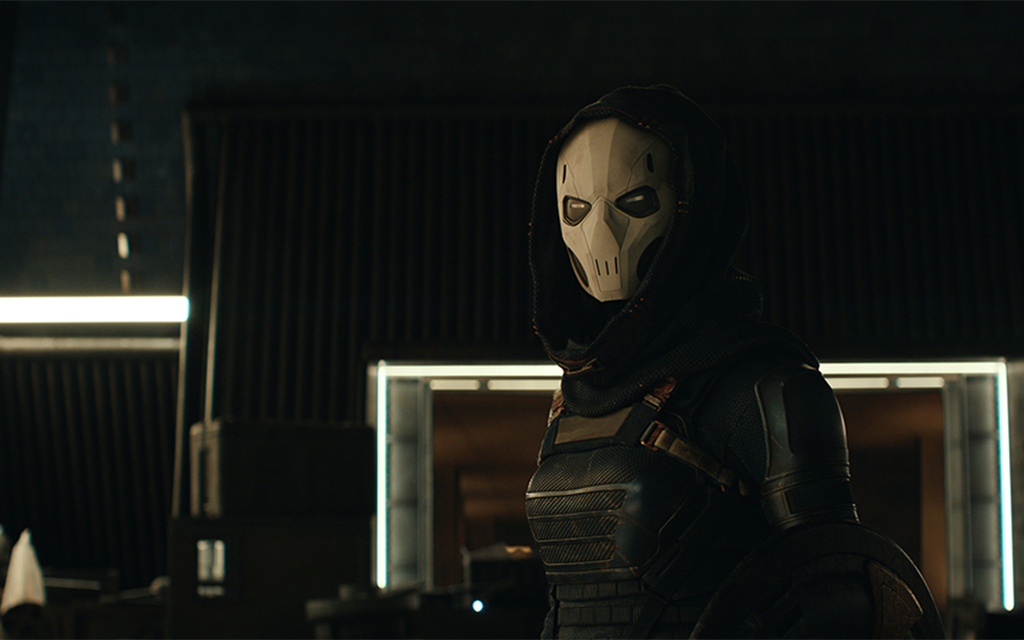
What are the sequences made by Digital Domain?
We oversaw the VFX on 3 primary sequences: the vault fight, elevator shaft escape sequence, and the meth chicken fight.
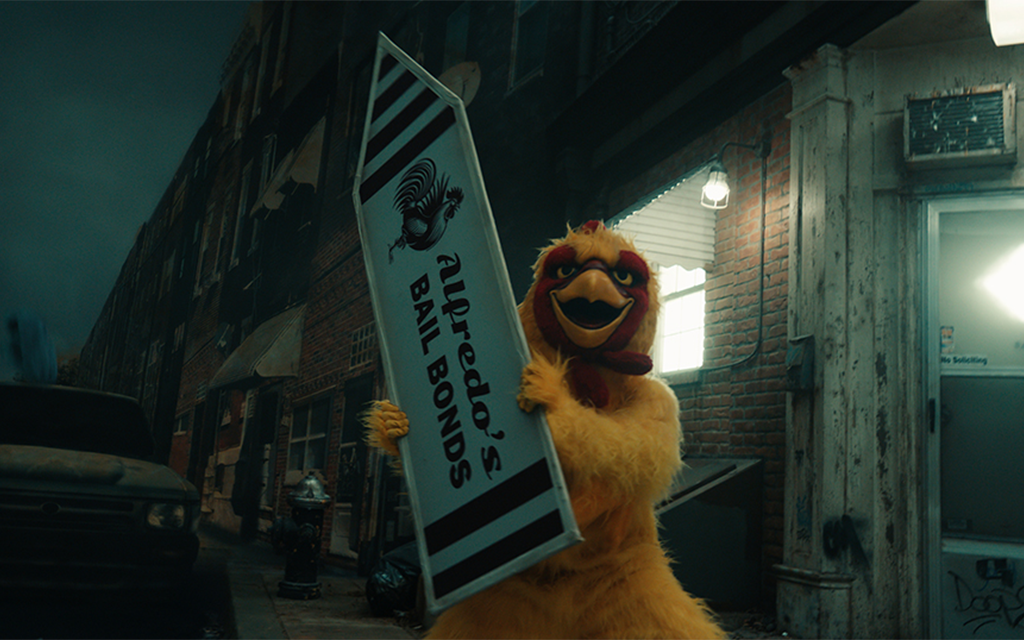
Your work on Thunderbolts* focuses on grounded, invisible VFX rather than typical superhero spectacle. How did that creative direction influence your overall approach and pipeline decisions?
Our approach really began at the asset phase. Typically, in Marvel productions, you need to be prepared for a certain number of full CG shots, but in the vault fight in particular, every shot ended up being plate-based. That is not to say there isn’t a hefty amount of CG help going on, but instead of building the set in CG from top to bottom, with all the accompanying details, we took a curtailed approach by building key areas, such as the grated floor, digis, and certain hero props.
Can you walk us through the design and execution of the vault sequence? What were the key challenges in blending practical and digital elements seamlessly?
A lot of credit needs to be given to the Marvel production team. The stunt unit put together a detailed stunt-vis sequence before shooting, and it is very similar to the final plates captured. So the overall blocking and action beats of the sequence were in a good place to begin with, which allowed us to keep a lot of plate content.
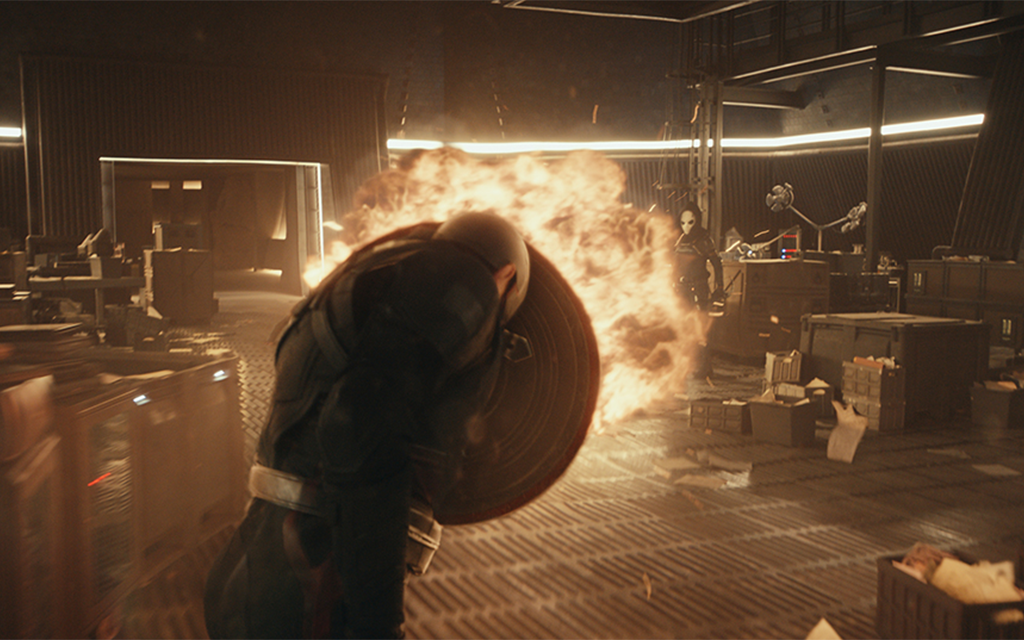
Our team then added enhancements to the final fight choreography, with the use of retimes, repositioning of characters, or adding sparks and squib hits to bring more intensity to the fighting. There were also several key shots where full digi takeovers were required, or sometimes even just replacing limbs to resolve timing issues in the original take. To keep things grounded, the mantra was always less is more. Often our first pass of sparks, explosions, and other FX elements were a bit too extreme, and we found ourselves dialing things back before final.
You revisited and reimagined Ghost’s phasing effect for Thunderbolts*. What was your creative brief for this update, and how did you evolve the look technically and aesthetically?
The brief we received was that Ava was a bit more in control of her powers than in previous films, so her phasing was meant to be more intentional, less fragmented. To achieve her effect, we tried to utilize her plate performance as much as possible, but played with it temporally and/or spatially to create the ‘leaves’ of Ghost. We accomplished this in animation, and then rendered the Ghost ‘leaves’ with varying shutter angles to provide comp with a pleasing streak effect. Our comp team then did the final sweetening, using chromatic aberration and varying levels of defocus and opacity to create the final look. The Phasing effect needed a certain amount of artistry and craft from the artists in each of the disciplines to achieve the approved final look.
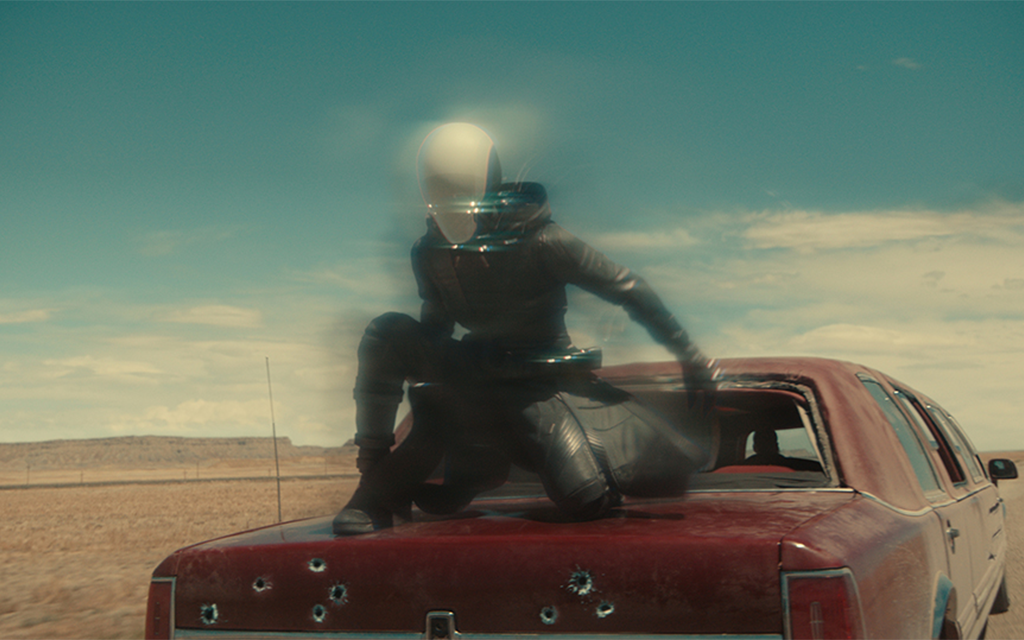
The Texas switch technique combined with digital enhancements for Ghost is fascinating. How did you manage the performer swap digitally to maintain a fluid, believable transition?
Lots of iterations! In the Texas switch shots with multiple Ghosts, we motion tracked both actors, and our animation team seamed together the two performances, which required adding additional key frame animation to bridge the gap. Then it all came down to iteration. How much character motion do we add between Actor A and Actor B? How much motion blur? How opaque is she in the transition, or does she dissolve entirely? Each shot presented unique challenges and required quite a bit of trial and error to make her motions seem deliberate and believable.
Tell us about the CG fire and explosion work in the incinerator sequence. What tools and techniques did you rely on to maintain a sense of danger while staying grounded in realism?
Our FX simulations were done in Houdini. The tricky part about the incinerator FX was the time and space allowed. We had to simulate the fire flood and roiling fire to time with the actors fleeing the frame, and it took several iterations to find the right speed without breaking scale. Finally, to help really ground the FX, we added small particulate debris, embers, flying papers, and simulated crates and boxes. Ron Howard’s Backdraft was a great film for reference and inspiration for live action explosions and fire.
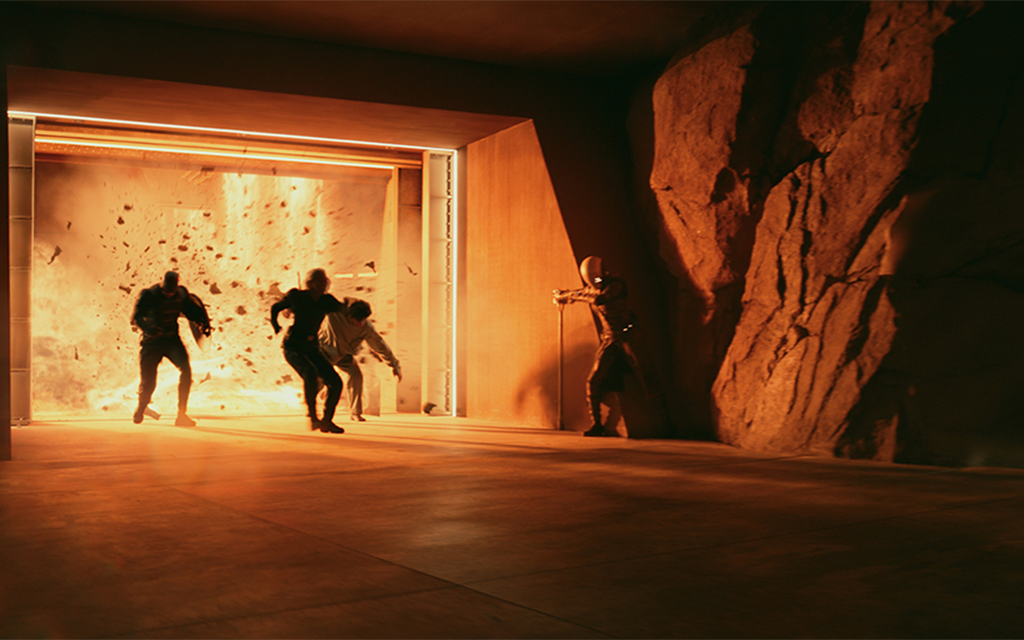
For the elevator shaft sequence, how did you handle the extension of the practical set and the full CG replacement of Sentry, especially regarding hair and cloth simulation?
The extension of the shaft was based on the practical build from set. We started with the scan model, but as we got into the shots, the filmmakers wanted to get a more specular reaction in the elevator shaft materials. So we diverged a bit in the lookdev, and in many shots we ended up replacing it entirely.
Bob’s CG takeover was quite tricky, as he is interacting with several other characters, and his orientation across several shots wasn’t seamless in the plates. We started by tracking him in 3D, but adjusted his fall across several shots to help the action cut together. Our CFX team then handled the hair and cloth simulations. Simulating someone wearing medical scrubs while in free fall is quite tricky.
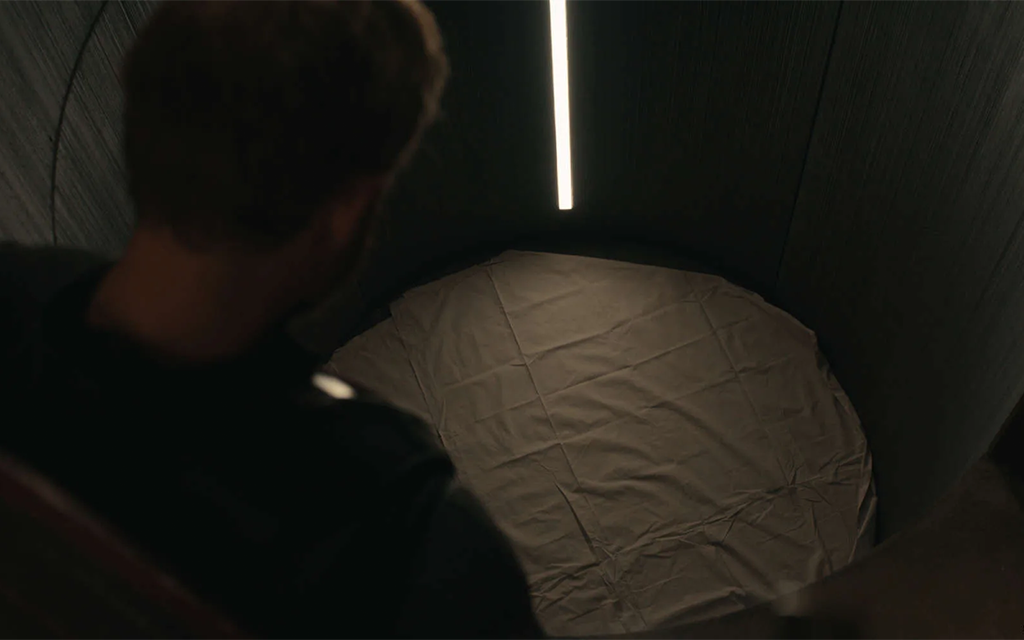
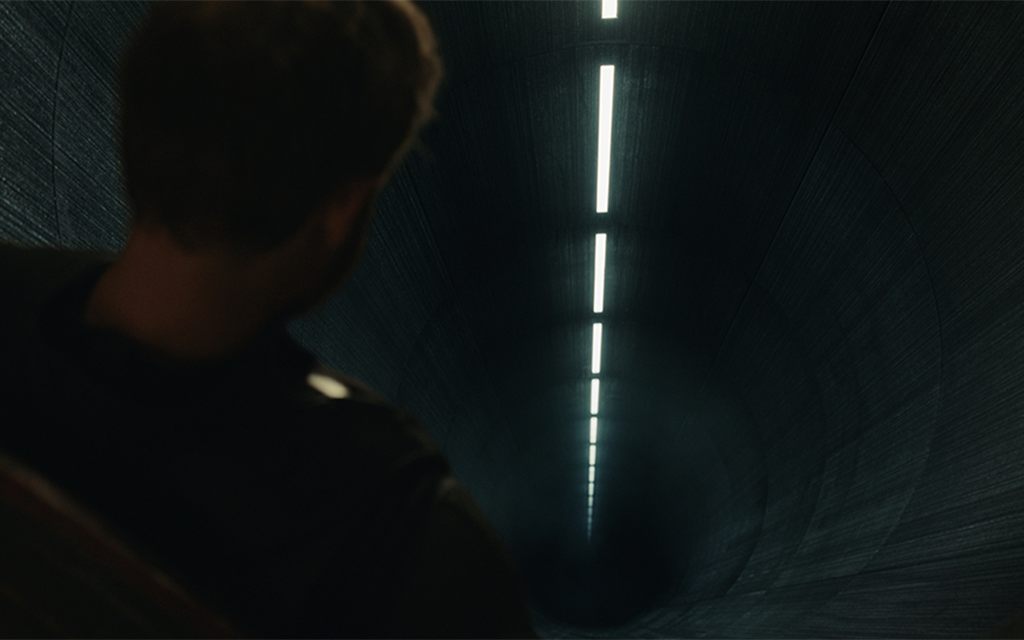
Digital Domain developed and shared digital assets of several main characters. What are the technical and collaborative considerations when creating assets to be used by multiple VFX vendors?
Sharing assets has become very commonplace in VFX. While we do have some proprietary tools that are not shared, our models and textures are created using industry standard formats, and we do our best to provide reference or guidance when needed.
The seamless face and body replacement using Charlatan for Yelena is impressive. What were the technical breakthroughs that allowed you to push Charlatan beyond facial replacement?
We have been using Charlatan for a few years now for face replacements, and we thought maybe we could use the same concept but apply it to the body. In this case, we fed the Charlatan tool a hero frame and target frame for her body performance across a certain range, and the tool attempted to generate content to fill the gap. The results were not perfect, but with some additional comp love and help from our digital asset, the end result was more seamless than a traditional digi-only approach.
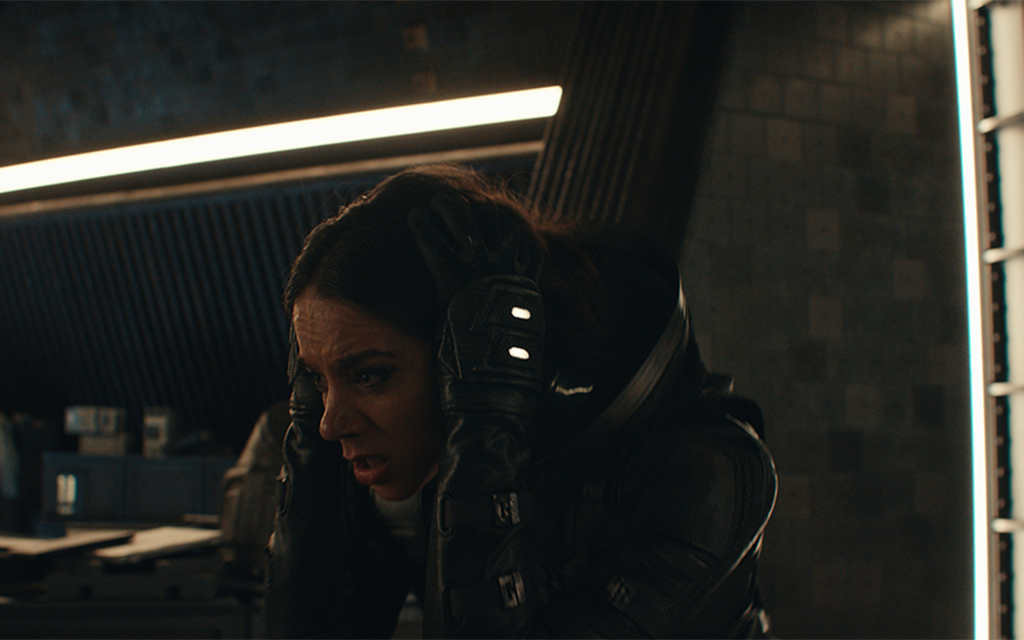
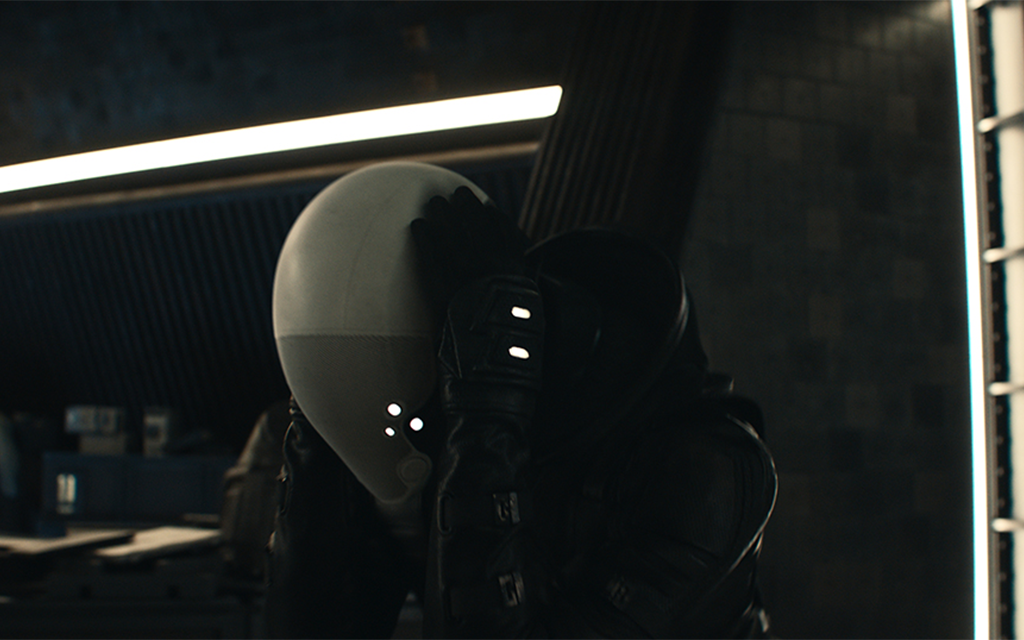
Could you elaborate on the challenges of blending two different performances and camera moves into a single master shot, especially in the Yelena sequence?
Our hero Yelena handoff shot was full of challenges. We were seaming x2 takes with just slightly different camera moves. We started out with a comp mockup, which required some heavy retimes and reframing to seam up Yelena’s takes as best we could in 2D. We then had to track both plates and performances, seam together a master camera, and reconstruct the entire environment. As mentioned, we didn’t have the vault environment fully available as a CG asset, so our team had to do a lot of reprojection and paint work to get a final seamless environment. And for Yelena, we couldn’t hand off in the motion blurred frames like we typically would, because the timing of Florence’s side of the performance wouldn’t work. So we had to maintain the stunt actor much longer in the shot, and figure out a way to handoff between stunt, digi, and Florence after she comes to a rest. As you can imagine, between the takes, the body and hair would never line up, so we used a combination of CG renders, Charlatan (as mentioned above) and a lot of compositing to get the final result. It is easily one of our most complex VFX shots, but all that work is ‘invisible’ when watching it in the theater. Or so we hope!
Finally, the surreal sequence inside Bob’s mind sounds like a stylistic departure. How did you conceptually and technically approach creating that transition from grounded reality to something more dreamlike and dimensional?
Stylistically, credit needs to be given to the director, Jake Schreier, and the production designers. They had this idea to shoot a street fight sequence but use painted cycs as the backgrounds instead of bluescreen. The handmade feel was quite intentional in this case, as they wanted it to be a more surreal sequence. In VFX we helped enhance the look by grading the practical street and the cycs to better match each other, which required a ton of roto. We also added dropping articles of clothing to add to the chaos.
The first shot of the sequence was also interesting, as it involved the seaming of two plates as our characters go through a closet of clothes and then suddenly find themselves free falling into the street with the chicken fight. This was another invisible VFX situation; we ended up going fully CG with the Red Guardian on the b side of the shot, while adding CG clothes (with simulations) within the closet to help us during the plate handoff.
Looking back on the project, what aspects of the visual effects are you most proud of?
We are proud of the seamlessness. Nothing in our sequences screams out ‘CG’, but there is quite a bit of work going on behind the scenes. Oftentimes, VFX only gets attention when it is big and flashy, but it plays a critical role in almost all aspects of production these days. So it was kind of fun to be in stealth mode here, and really help refine and enhance these sequences for the audience.
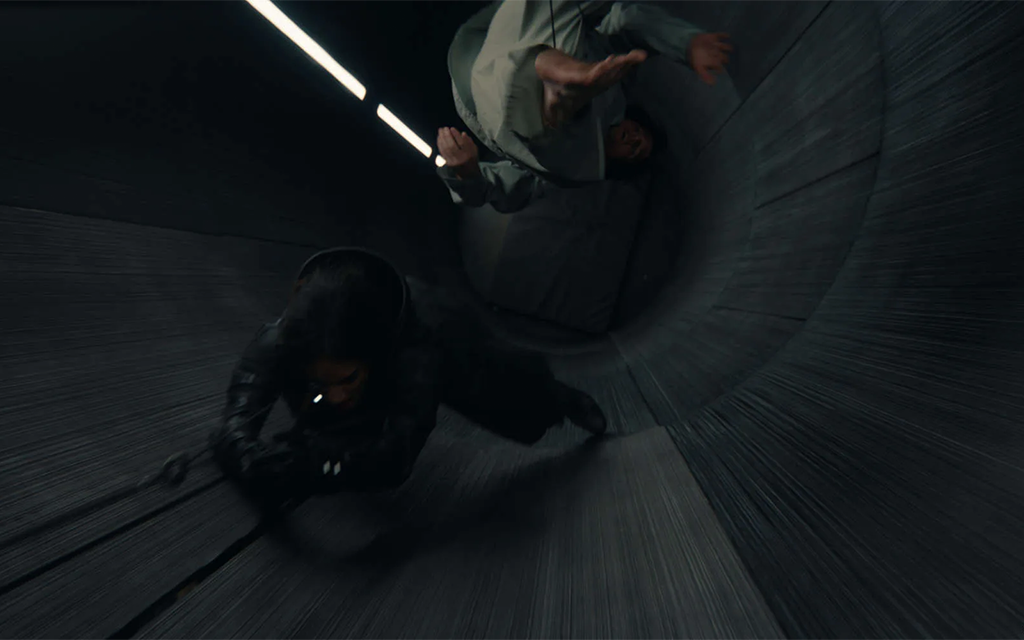
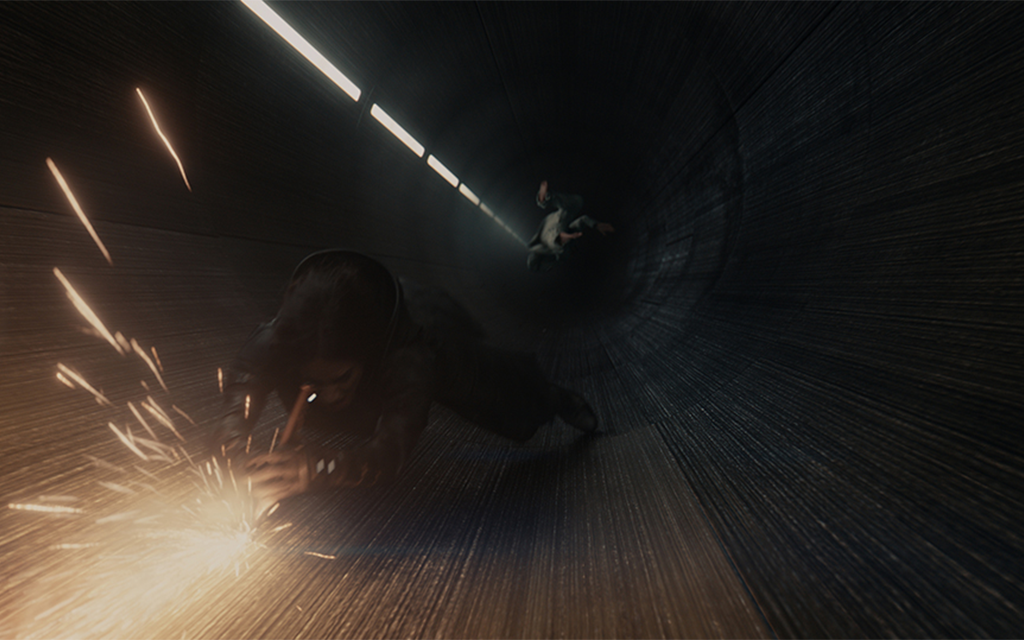
How long have you worked on this show?
We started asset production in March/April 2024. So about 1 year.
What’s the VFX shots count?
160.
What is your next project?
Not ready to share that quite yet, but Digital Domain has plenty of exciting projects ramping up for 2025.
A big thanks for your time.
